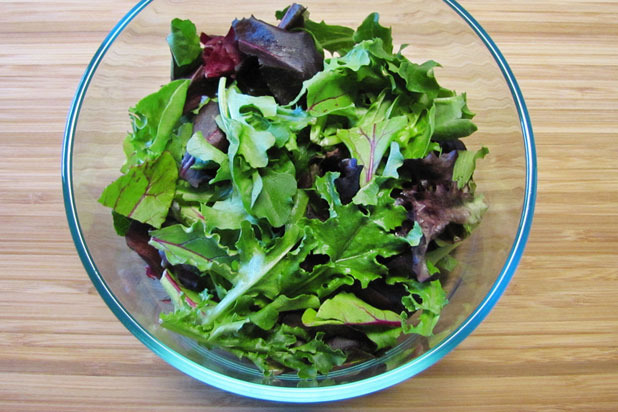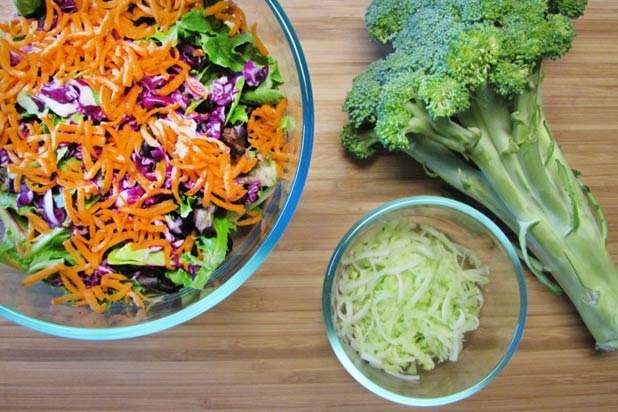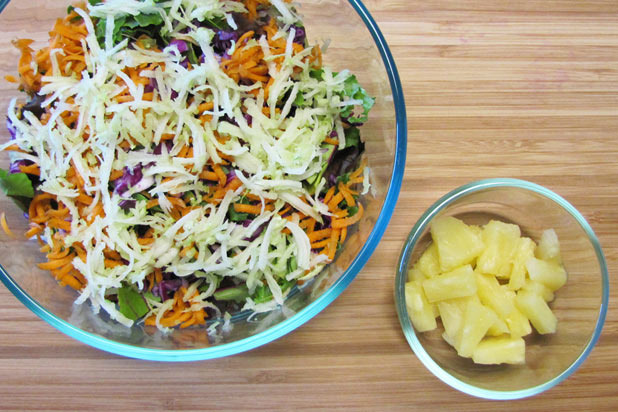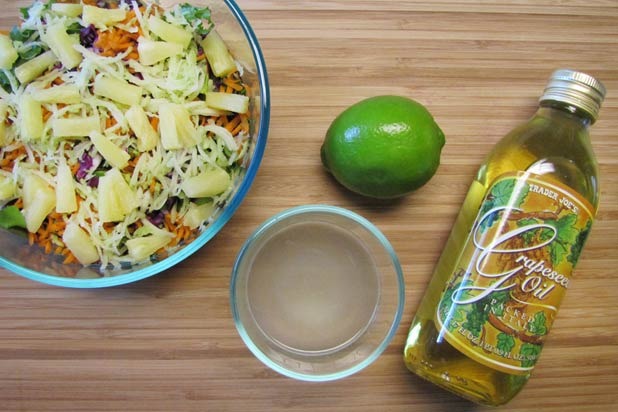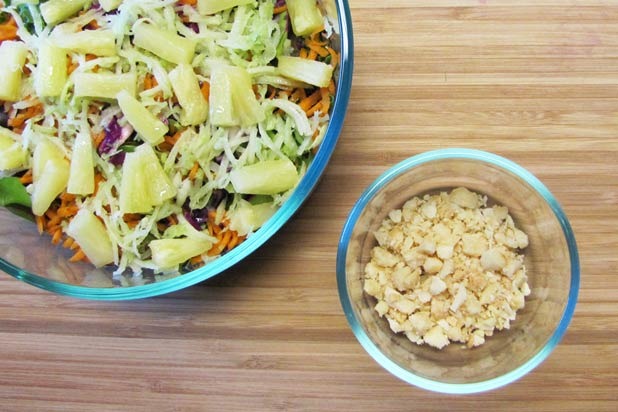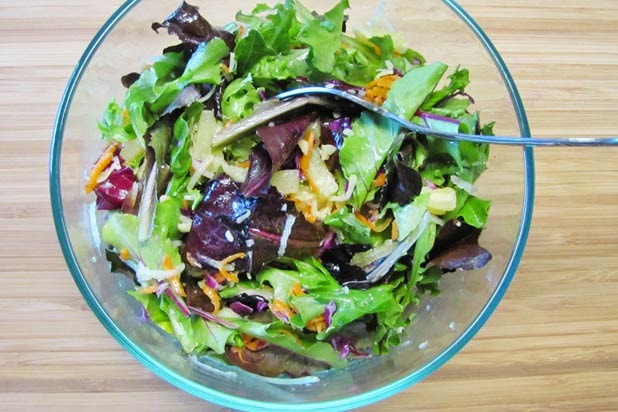How To Build A Salad Slideshow
The first layer of your salad is your base – whether that's iceberg lettuce, spinach, or a spring mix. The base of your salad should be tasteful, but it doesn't have to be the star of the show. Don't pick something too overpowering, such as arugula or watercress. Choose something that will fill out the bulk of your salad, without overpowering it.
2nd Layer – Vegetables
The second layer of your salad is where you add the vegetables. Vegetables are added to a salad to add color, texture, and of course, nutrition. While a huge salad filled with a lot of vegetables seems like a great choice, sometimes too many can cause the flavors to compete with each other and your salad won't taste very good at all. A good rule of thumb is to stick with three vegetables, whether that is cabbage, cucumbers, carrots, peppers, broccoli, onion, mushroom, or tomatoes. Try to pick ones that will complement each other based on color and texture. If you're going to add cucumbers and tomatoes, then choose something like broccoli or shredded carrots to contrast their watery consistency, and because onions are so powerful, choose milder vegetables like mushrooms and broccoli to balance out their flavor.
3rd Layer – Fruits
Not everyone thinks of adding fruits to their salad, but it's a great and easy way to add flavor. Fruits such as chopped apples, pears, grapes, oranges, pineapples, and strawberries make great additions to any salad, and as long you add them in moderation, they won't make your salad too fruity. You might be tempted to add a bunch, but usually one fruit is good enough to add flavor to your salad.
4th Layer – Go easy on the dressing
Once you have your first three layers in order, it's time to toss it with your fourth: the dressing. Don't drown out all of the beautiful work you've done so far with a thick, heavy, and sugar dressing, though. Choose oil-based blended with citrus for something light and refreshing. Always take a piece of your first layer (the lettuce) and dip it in your dressing to check it for seasonings and flavors. If it's to your liking, add the dressing 1 tablespoon at a time.
5th Layer – Top off your salad with crunch
With your salad colorful, flavorful, and dressed, it's time to add the last piece to the puzzle: the crunch. This layer is added after the dressing so that your "crunch" avoids getting soggy. The most usual choice for adding crunch to your salad are with nuts like chopped almonds, walnuts, pecans, and macadamias. If you're allergic to nuts, other alternatives are crushed pita chips, toasted panko, or toasted chia seeds.
6th Layer – Protein
If you're really trying to get a full meal out of your salad, a sixth layer would be the protein. Try laying sliced grilled chicken or salmon right on top for a full and nutritious meal.
We created a protein-less rainbow shredded salad using layers.
